As a kid, there was one bird that came to our feeder that always got the status as my favourite – the Eurasian Bullfinch or just the bullfinch here in the UK. The male bird with his startling red breast, black face and grey back was an eye catcher every time. When I started keeping birds and discovered I could have bullfinches in my aviary, I was amazed – but unfortunately mine wasn’t the best luck with the species.
However many other keepers have and breed these wonderful birds and here are some tips from their articles.
Meet the Eurasian bullfinch
In the UK, the Eurasian bullfinch is just known as the bullfinch or even the ‘bully’ to bird keepers because it is the only species of family that lives on our islands. But there are actually seven members of the bullfinch family, spread across Asia and Europe:
- Orange bullfinch (Pyrrhula aurantiaca)
- Grey-headed bullfinch (P. erythaca)
- Red-headed bullfinch (P. erythrocephala)
- White-cheeked bullfinch (P. leucogenis)
- Azores bullfinch (P. murina)
- Brown bullfinch (P. nipalensis)
- Eurasian bullfinch (P. pyrrhula)
Go up a step and the Pyrrhula family is a member of the Carduelinae subfamily so are relatives of species such as the hawfinch, the grosbeaks and the greenfinches. Also in the subfamily are the goldfinch, siskins and redpolls.
The Eurasian bullfinch, also known as the Common Bullfinch, has a number of subspecies depending on where in the world it is from. But all are very similar in looks – grey upper parts with black flight feathers and a short, black bill. The cap and face are black while the male has red cheeks and underparts, these parts being buff brown on the female birds. This means the species is sexually dimorphic and easy to tell which is male and which is female.
These birds aren’t long lived and have a typical lifespan of only around five years in captivity, although there are some that have lived over 15 years of age. They are known for their ability to pick up sounds and mimic, with a story being of one bird who could even mimic a few human phrases!
In the wild
Funny to think that at one time, these gorgeous birds were counted as a pest in the wild – due to the passion for tree buds. This meant they would often eat the buds of fruit trees and other crops that stopped the production of the fruit!
They also eat seeds and insects in the wild but this love of tree buds can be one reason why they are a little tricky to keep in captivity. They also feed on berries and weed seeds such as nettle, bramble and dock.
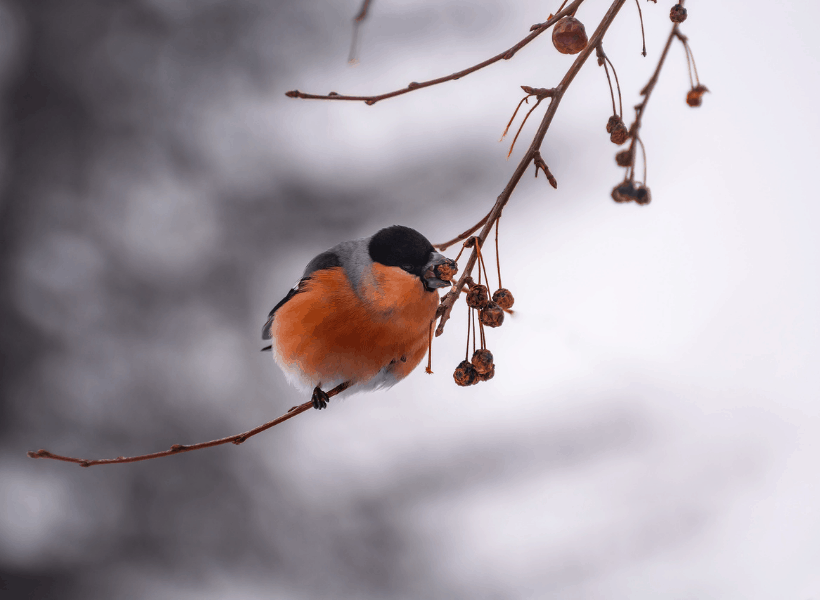
They can typically be seen around the woodland areas, hedgerows and orchard spots around the UK and live here all year round. The RSPB think there are around 220,000 breeding pairs across the country and they are found almost everywhere apart from the very far north-west of Scotland.
When it comes to nesting, they tend to go for mixed woodland areas, parks and gardens as well as some coniferous forest. The nest is made from fine twigs and lined with moss, lichens and fine roots. It is usually 4-7 feet above the ground. They lay 4-5 eggs.
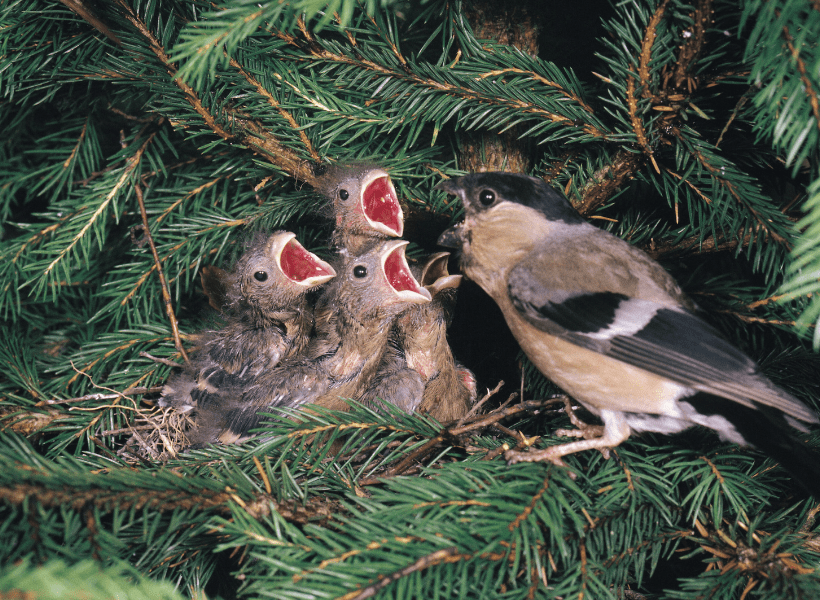
In captivity
Eating around 30 buds a minute means that bullfinches can be hard to keep in an aviary and mimic their natural feeding habits – you need an orchard in your aviary for this! However, there are also specialist mixes for bullfinches that include things such as rowan berries that helps match their natural diet somewhat and also retain their impressive red breast colouring.
In an article on these birds in the Cage & Aviary magazine, Jim Theaker recommends sieving any seed mix to remove hemp seeds or buying one without it. He found that these seeds would be gorged on by the birds but could also lead to wheezing and early death. He recommends substituting sunflower hearts in their place.
Bullfinches can be aggressive with others of the same species as they don’t live in colonies in the wild so many breeders recommend only keeping one pair per cage or aviary. Of the subspecies, the Siberian is a popular one – it looks much the same as the British subspecies but is larger and tends to be easier to keep and breed. There are also a wide range of mutations including pastel, lutino and other variations. Personally, I don’t think you can improve on the original though!
Breeding bullfinches
As mentioned, the Siberian subspecies is said to be easier to breed than the British subspecies but plenty of people have success with both. The birds use a square nesting box or a canary-style nesting pan and some ventilation in it is a good idea. Coconut fibre may be used to build the nest while some breeders even recommend very thin silver birch twigs.
Their diet leading up to and during breeding should include pinkies and waxworms, often mixed with egg food or even fresh scrambled eggs. Weeds such as dandelion, dock and sow-thistle can also be offered in addition to their normal diet. Apple is a favourite at any time. Sprouted seed should be available when the chicks hatch and are being reared.
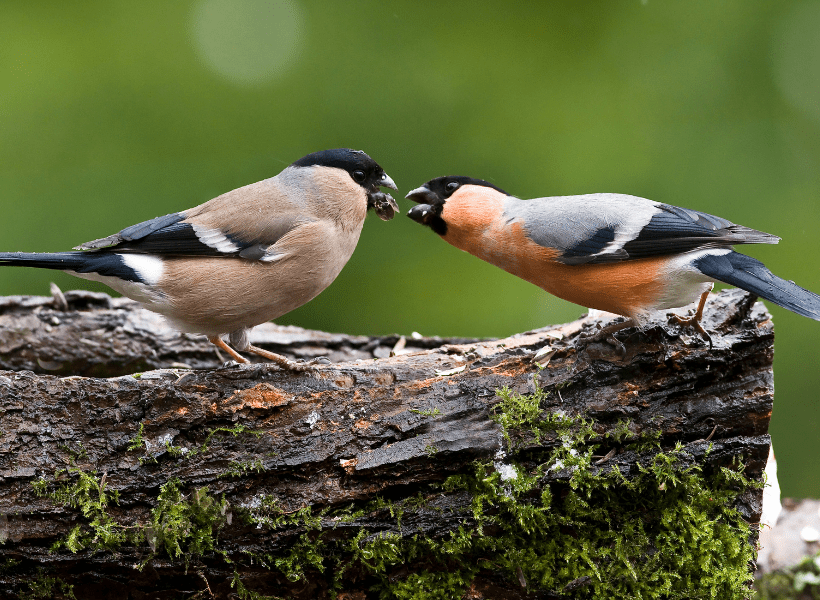
Typically, they lay 4-5 eggs that are incubated by the hen. They hatch at 13-14 days and the young fledge at around 16-18 days. To be able to sell the birds, they must be closed rung with a size D ring at four or five days old. Sometimes the hen might reject the chicks when the ring is in place so a little masking tape to cover it disguises it and avoids the problem.
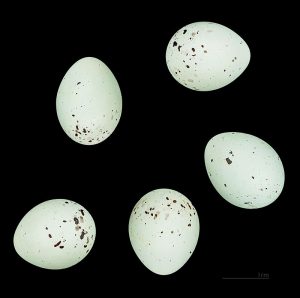
Keeping the Bullfinch
The Bullfinch is a bit of a challenging species compared to relations such as the Goldfinch or Greenfinch. But with a little of the right stuff in your aviary and some planning, there’s no reason you can keep and breed these gorgeous birds.
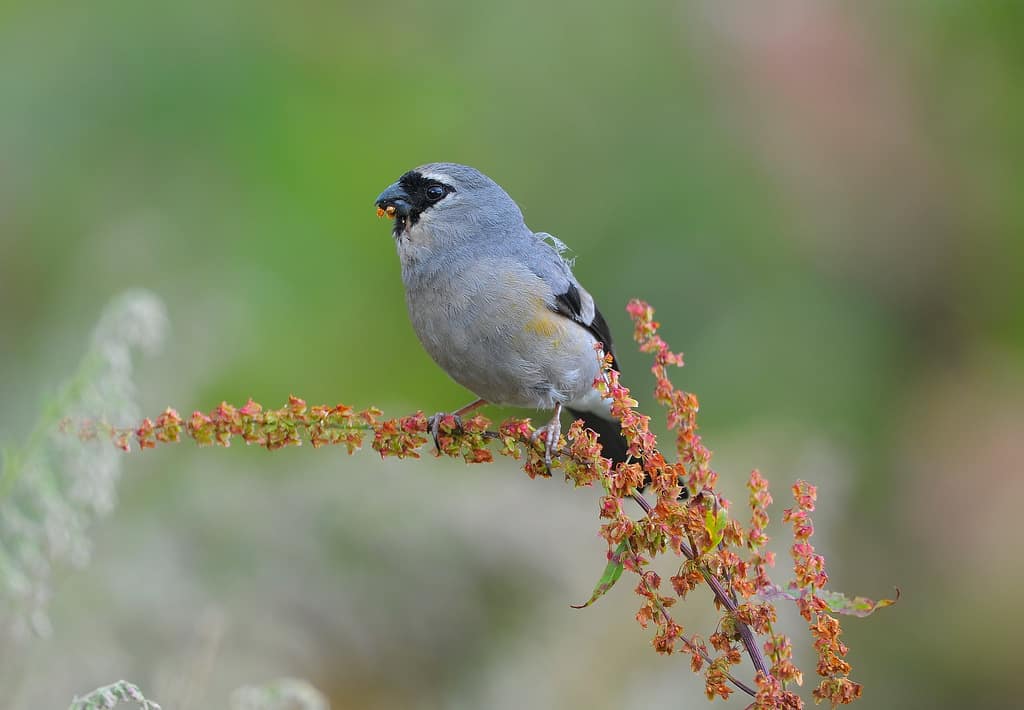
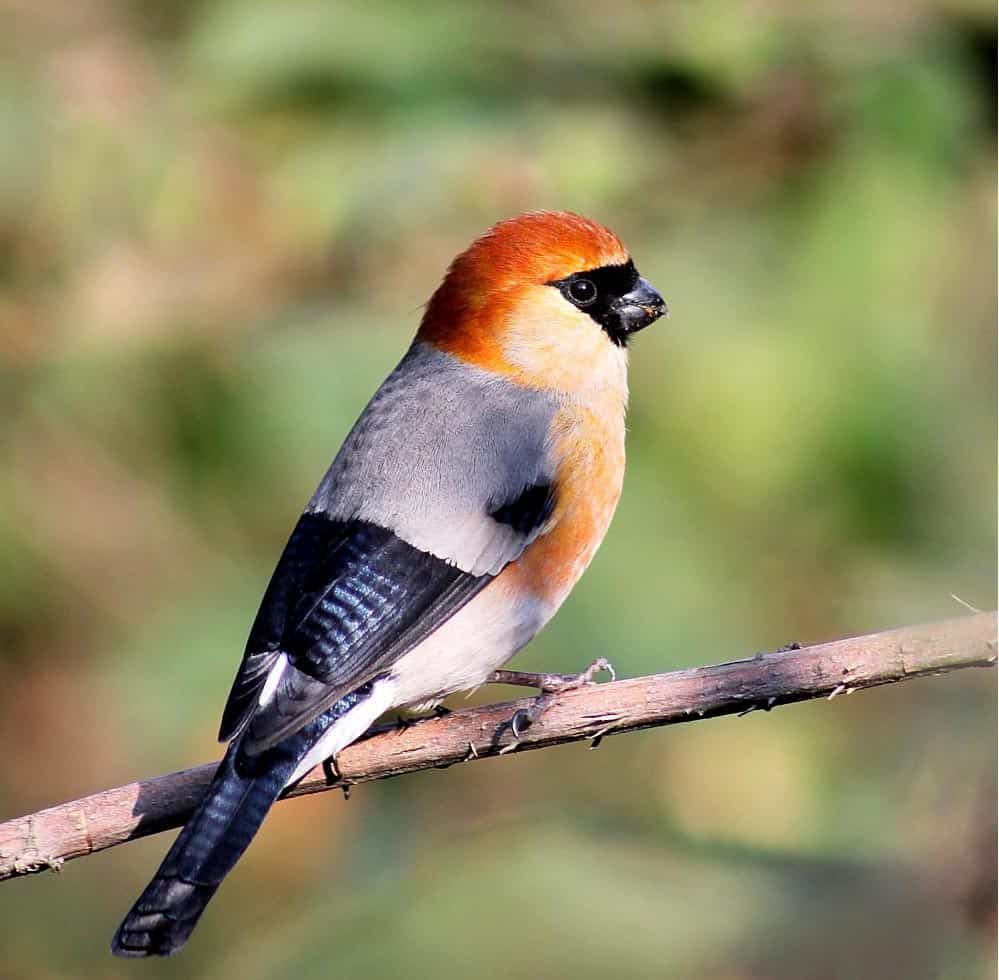
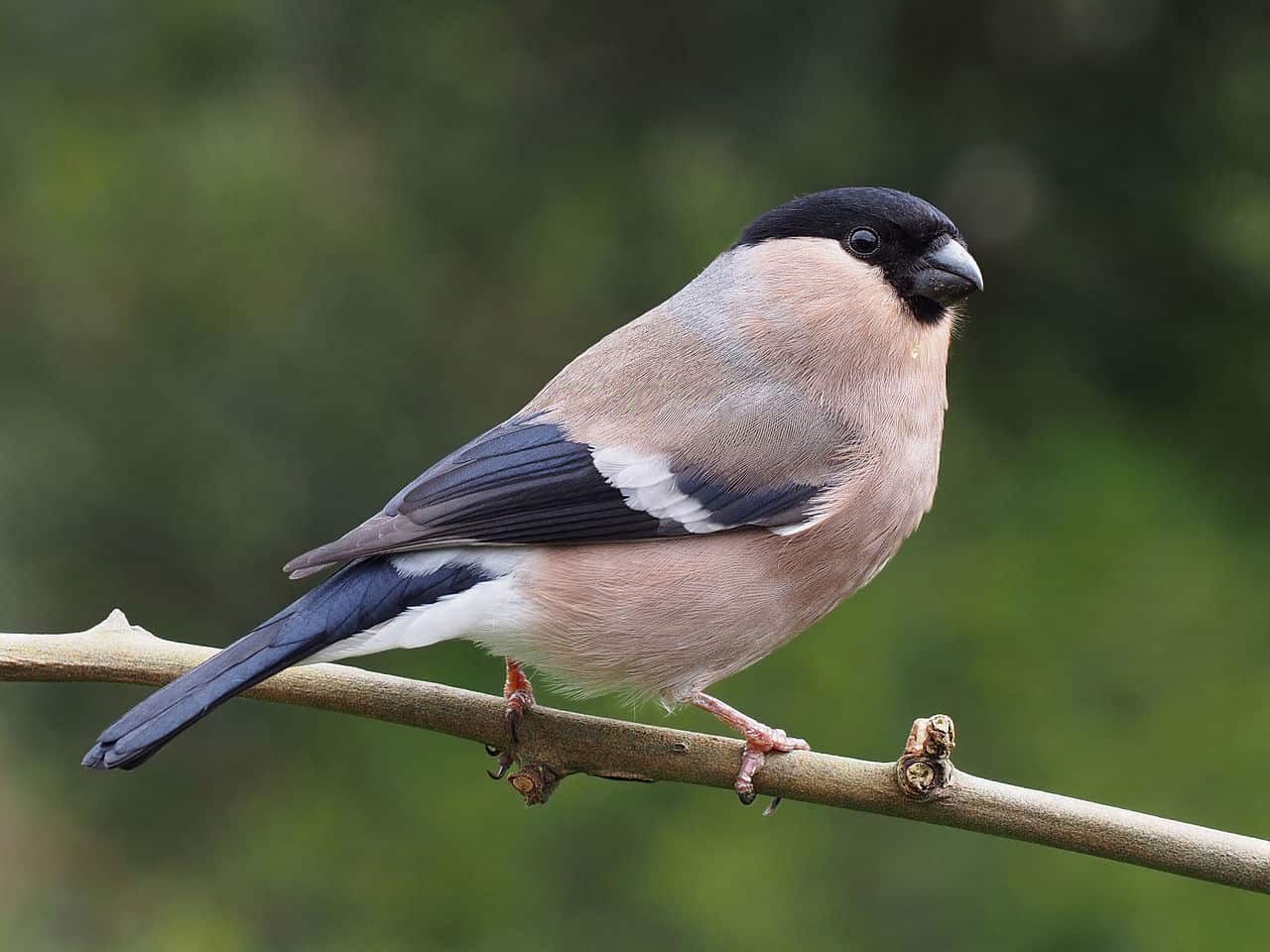
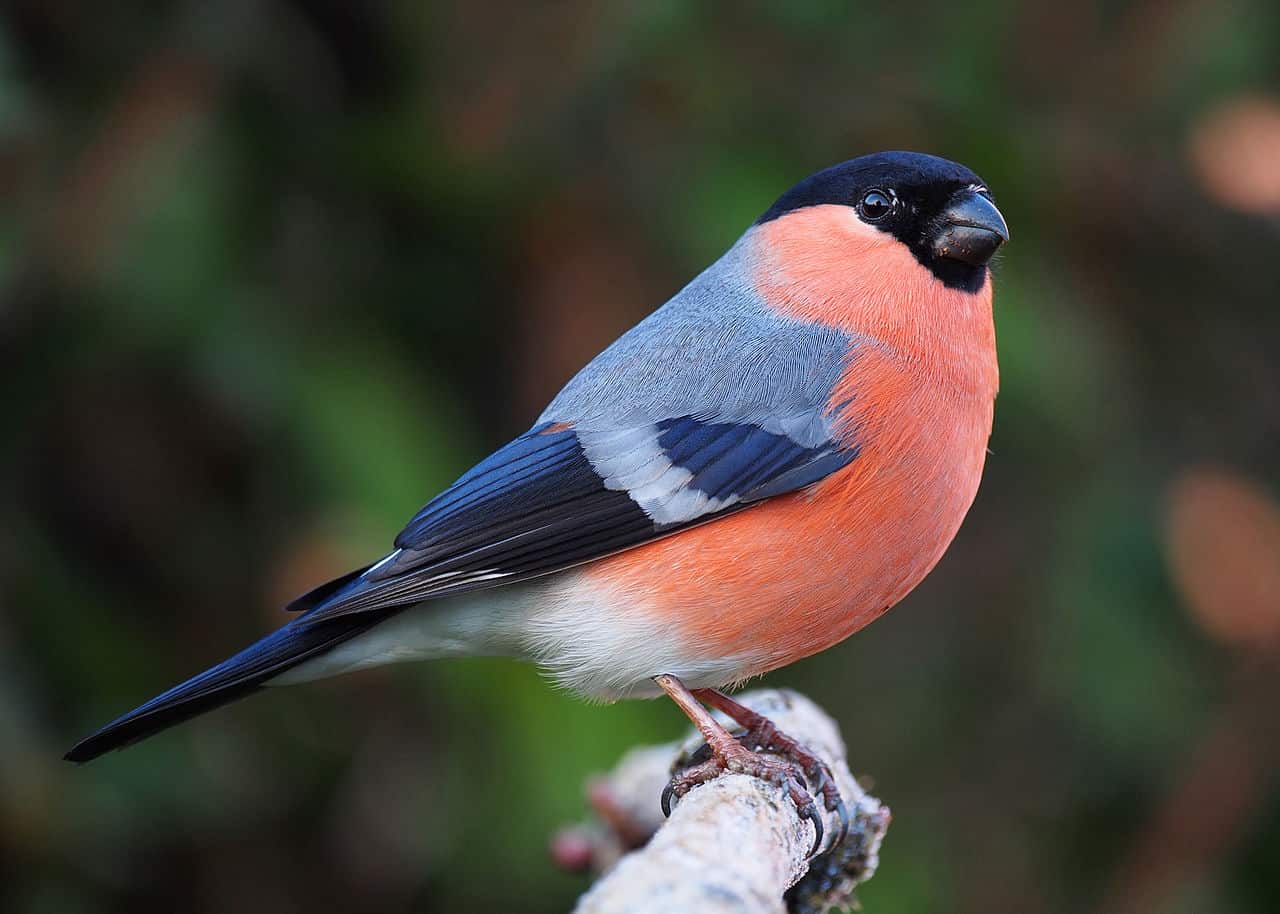
5